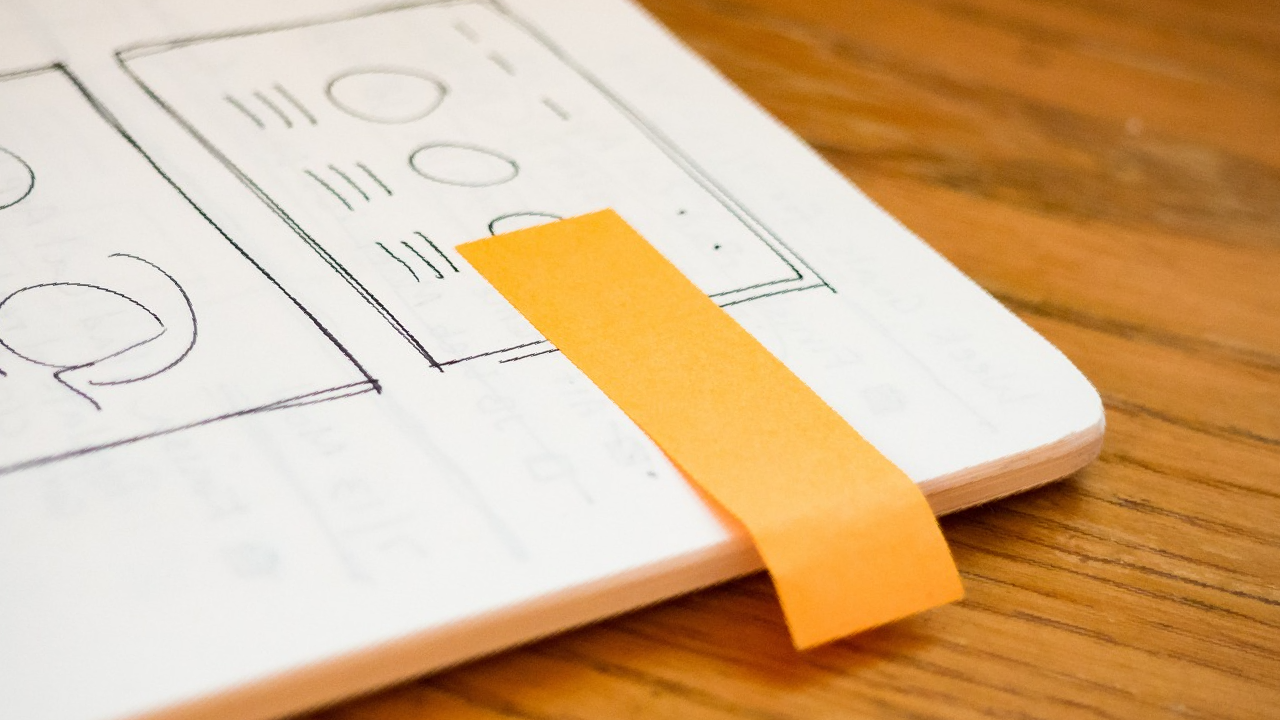Mark It Up!

Do you have a favorite pen? Does that favorite pen have a special color of ink? I’m partial to purple.
In last month’s newsletter, I encouraged you and your teen to write things down. I explained some of the brain science behind taking notes. Good notes can really help you learn and remember longer.
This month’s study skill and life skill tag teams with note taking.
It’s special because it can make your handwritten notes even better, but it can also be used with other people’s notes or even a textbook, magazine, or planner.
This second study skill is annotation. Whether you know its formal name or not, you probably already do it. Annotation simply means marking up a document like notes or text with your thoughts. It can take on many different forms.
Have you ever underlined something once, maybe twice, so you don’t forget? That’s annotating. Those underscores indicate it’s something important you want to remember.
Underlining something is one of the simplest forms of annotating. Another way to annotate is to use a highlighter. If you’ve ever bought a used textbook, you’ve probably seen page after page of highlighting. Did you think it was helpful?
If it was all one color and line after line was highlighted, it probably didn’t help much. The annotator was probably marking what he or she was told was important. Unfortunately, if all annotations look the same, they don’t save you (or anyone) a lot of time.
I worked with a student who was preparing for a certification not long ago. He came to me with study books that had been so highlighted that hardly anything was plain. When I asked him about the annotating, he said everything highlighted was important.
While he needed to know the information, highlighting the whole book didn’t help. Having it so marked up with only one color of highlighter didn’t make it any easier for him to find what he needed during the openbook test. He might have done well on the practice tests, but if there were any two facts he kept getting wrong, those two facts are what he needed to mark in his study materials, not the whole book.

Let’s look at it another way. Have you ever marked a page in a book, your notes, or your planner with a sticky note? I bet you do it because you regularly need the information on that page. Otherwise, why put a sticky note on that page versus any other? That’s another form of annotating.
When you annotate, you save time. It makes it easier to find information.The entire purpose of annotating is to make that document, your notes, your planner, etc. USER FRIENDLY. These are your notes, your thoughts. If you make good annotations, it will save you time and energy.
As a mama, maybe you’re a chart maker. You create calendars or such for chores or activities. When you make those charts, do you use colors to represent specific family members? That is a form of annotation. When anyone looks at your chart, they note the colors and can see who’s supposed to do what.
When you make a chart like that, use colors that are easy to remember. When I’m on a chart, I like to be purple. Each member of your family probably has a preferred color, too. Using their preferred color makes that chart much more user friendly for you and them.
Colors help when annotating, but they are just the beginning. I make sure teens know that annotating can be done with a simple pencil because there are days you don’t have colored pens or pencils handy, let alone highlighters.
When all you have is a pencil, art or icons come into play. Understand, you don’t have to be an artist for these to work. Think about it for a moment; after underlining, what do you think is the most common annotation? I don’t have scientific data, but I would bet it was a star. *Stars or asterisks* are used all the time. I know I use them!
When you’re in a meeting at work, do you take notes if you’re given an agenda? What kind of notes? Have you ever used a happy face : ) or an unhappy face : ( ? Some people use hearts when it’s an idea they love❤️. Annotations are something you do to help yourself. Some people might never put a heart in their annotations, but a checkmark✔️ or a light bulb💡 might work. The point is: if you look at your notes later, the annotations will help you find the information more quickly. You’re likely going to remember where, if ever, you drew a heart or another symbol. Whether they are colored or plain, those symbols will help.
While there are a lot of strong arguments for handwritten notes, know that if you’re taking notes on a computer, you can still make annotations.
Colors, comments, underlining, emoticons, and different fonts allow for online annotations. Just know that sometimes it takes longer to annotate online, so practice annotations before a big day when your notes have to be flawless.
Annotate regularly. Use annotations in your notes. Write on reports when it’s allowed. If you own the textbooks, make them your own. If writing in the margins is more effective for you than a separate notebook, make awesome annotations.
Awesome annotations are quick. They make sense to you. And, they are consistent. If you develop a good system of annotations, learning will become easier. You learn new things every day. Isn’t easier better?